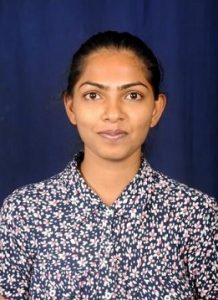
Dr. Shruthi Belliappa is a Post Doctoral – RA at International Crops Research Institute for the Semi-arid Tropics (ICRISAT) in Hyderabad, Telagana.
Dr. Shruthi Belliappa says India’s population is projected to be 1.64 billion by 2050 and the food production of 492 million tonnes. The current 25 million tonnes of pulses need to be escalated to 50 million tonnes by 2050 with a growth rate of 4.25 every passing year. In this context, the role of pigeonpea breeding is highlighted for achieving the vision 2050. Pigeonpea is a versatile crop and used in the form of dhal by the poorest of the poor to an elite class of Indian society. Protein-rich pigeonpea, with fair Zn & Fe content and low glycemic index, affirms the nutritive component. Though the area under pigeonpea cultivation is increased, its productivity oscillates between 750-800kg/ha for past six decades. Henceforth, breeding for climate-resilient pigeonpea hybrids and varieties are of utmost importance. These hybrids and varieties serves as life-line for semi-arid farmers, bringing more dhal to your plates making the famous “dhal-chawal” the best complimenting nutri-food ever.
